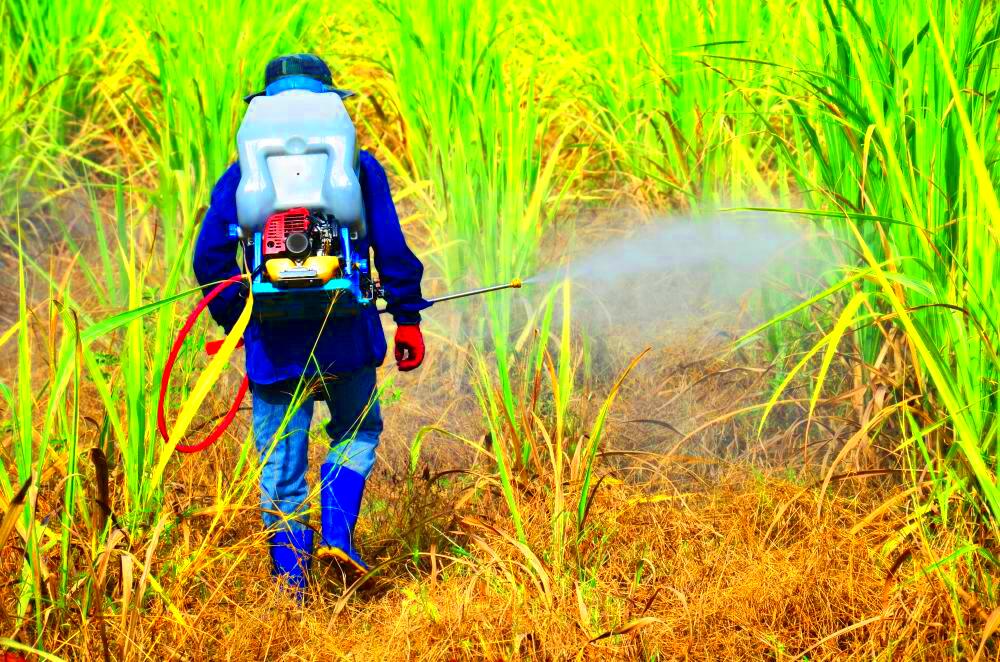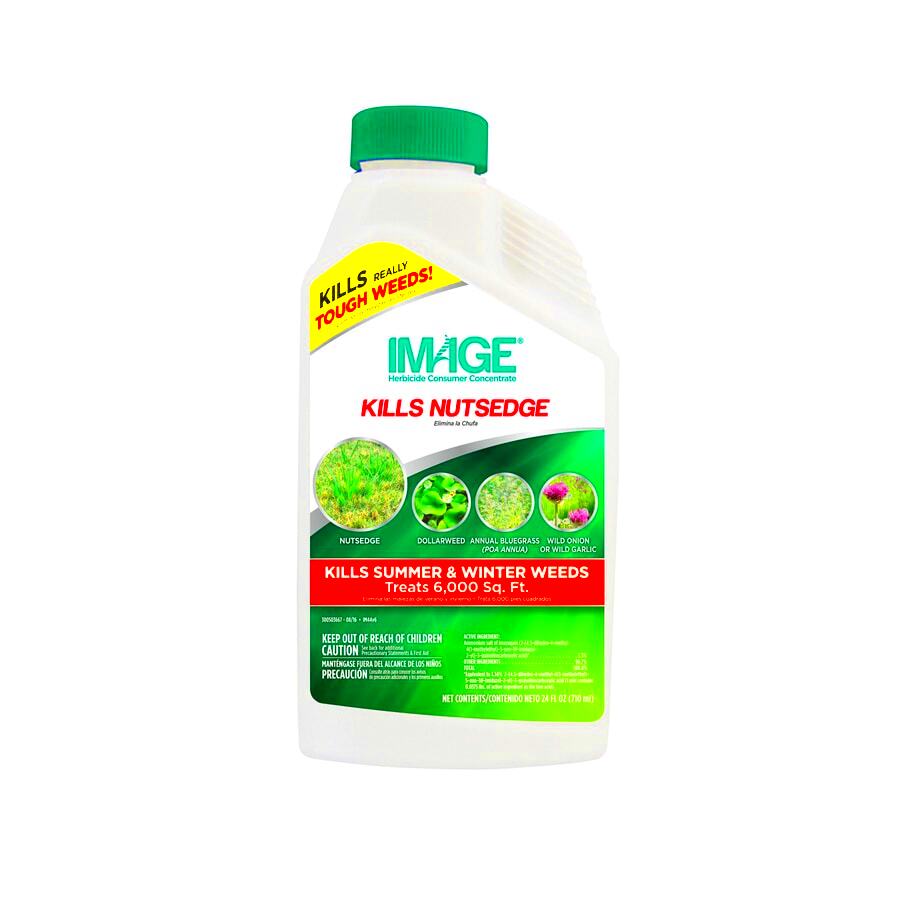Image herbicide is a popular product used to control weeds in agricultural settings, gardens, and even residential lawns. It is specifically designed to target a wide range of unwanted plants without harming the crops or grass around them. By working at a chemical level, it disrupts the growth process of weeds, preventing them from spreading and taking over your field.
Herbicides like Image target the biochemical pathways of weeds, blocking essential nutrients from reaching the plants. Over time, this leads to the weed’s death, allowing your crops to thrive without competition for sunlight, water, and soil nutrients. It’s an efficient way to manage weeds with minimal effort, making it a preferred choice among farmers and gardeners.
Benefits of Using Image Herbicide for Crop Protection

Using Image herbicide offers several advantages for maintaining healthy crops and gardens. Here are some key benefits:
- Selective Control: Image herbicide targets a wide range of weeds without damaging your desired plants, ensuring a more precise weed control process.
- Time-Saving: Instead of manually removing weeds, Image herbicide allows you to quickly eliminate large infestations.
- Improved Crop Growth: By eliminating competition for resources, crops can absorb more water, sunlight, and nutrients, leading to healthier growth.
- Long-Lasting Effects: A single application of Image herbicide can provide lasting protection, reducing the need for frequent treatments.
- Cost-Effective: By preventing weed spread early, you reduce the need for more expensive corrective actions later.
With its ease of use and effectiveness, Image herbicide has become a staple for crop protection and garden maintenance.
Steps to Apply Image Herbicide in Your Field

Applying Image herbicide is straightforward, but following the correct steps ensures maximum effectiveness. Here’s a step-by-step guide to help you apply it properly:
- Read the Label: Before using any herbicide, make sure to read the product label carefully. It provides instructions on dosage, application methods, and safety precautions.
- Check the Weather: Apply Image herbicide when the weather is calm and dry. Avoid application on windy or rainy days, as this could reduce its effectiveness or cause unintended spread to other areas.
- Prepare the Area: Remove any large weeds or debris that could block the herbicide from reaching the soil. This ensures even coverage.
- Mix the Herbicide: Follow the label’s instructions for mixing the herbicide with water. Use the correct concentration to avoid over-application or under-application.
- Apply Evenly: Use a sprayer to apply the herbicide evenly over the targeted area. Cover the weeds thoroughly, but avoid oversaturating the soil.
- Wait for Results: After application, give the herbicide time to work. Most weeds will start to wilt and die within a few days, depending on the type of plant and environmental conditions.
- Reapply If Needed: For more stubborn weeds, a second application may be necessary after a few weeks.
By following these steps, you’ll ensure that Image herbicide works effectively to protect your crops from weeds.
Best Practices for Safe and Effective Herbicide Use

Using herbicides like Image effectively requires careful planning and safety precautions. To ensure both your crops and the environment benefit from the application, it’s important to follow some best practices. These guidelines help you maximize the herbicide’s effectiveness while minimizing risks to yourself, your plants, and the surrounding environment.
Here are some best practices to follow:
- Wear Protective Gear: Always wear gloves, goggles, and long sleeves when handling herbicides to avoid skin or eye contact.
- Follow Recommended Dosage: Use the herbicide in the concentration specified on the label. Overusing it can damage your crops, while underusing may not effectively kill the weeds.
- Apply During Ideal Weather Conditions: Herbicides are best applied on dry, calm days. Wind or rain can cause the product to drift or wash away, reducing its effectiveness.
- Rotate Herbicides: To prevent weeds from becoming resistant, rotate between different types of herbicides over time.
- Clean Equipment Properly: After applying the herbicide, thoroughly clean all equipment to prevent cross-contamination with other chemicals or plants.
- Store Herbicides Safely: Store them in a cool, dry place away from children, pets, or unauthorized users.
By following these best practices, you can ensure that your herbicide application is both safe and effective, providing better protection for your crops.
Common Mistakes to Avoid When Using Herbicides
Even with careful preparation, it’s easy to make mistakes when using herbicides. Some of these errors can reduce the product's effectiveness or even harm your crops and the environment. Avoiding these common mistakes can save you time, effort, and resources.
Here are some mistakes to watch out for:
- Overapplication: Using too much herbicide can lead to crop damage, soil contamination, and unnecessary costs. Always stick to the recommended dosage.
- Applying at the Wrong Time: Herbicides are less effective when applied during poor weather conditions, such as heavy rain or strong winds. Timing matters.
- Ignoring Pre-Emergent Weeds: Many people wait until weeds have grown to apply herbicide. Using a pre-emergent herbicide before weeds appear can prevent them from taking hold.
- Incorrect Mixing: Not mixing the herbicide according to the instructions can result in underperformance. Always follow the manufacturer’s guidelines for mixing and diluting the product.
- Not Checking for Resistance: Some weeds may develop resistance to certain herbicides if used repeatedly. Rotating herbicides helps prevent resistance buildup.
Avoiding these mistakes will help you get the best results from your herbicide application, protecting your crops and saving you from wasted effort.
Environmental Impact and Safety Considerations
While herbicides like Image are effective for weed control, they can also have environmental impacts if not used properly. Being mindful of these considerations helps protect not only your crops but also the surrounding ecosystem. Ensuring responsible usage of herbicides is crucial for both short-term and long-term environmental health.
Here are some key safety and environmental factors to consider:
- Water Contamination: Herbicides can run off into nearby water bodies, contaminating lakes, rivers, and groundwater. To minimize this risk, avoid applying herbicides near water sources and follow the label's guidelines on buffer zones.
- Impact on Non-Target Species: Herbicides can harm beneficial plants and wildlife if not applied carefully. Always target the specific area you want to treat and avoid overspray.
- Soil Health: Overuse of herbicides can impact soil health, reducing its fertility over time. Practice crop rotation and use herbicides sparingly to preserve soil quality.
- Proper Disposal: Never dump leftover herbicide or rinse water into drains, as this can lead to pollution. Follow proper disposal methods recommended by local authorities or the herbicide manufacturer.
By keeping these environmental and safety factors in mind, you can ensure that your herbicide use is not only effective but also sustainable and responsible.
FAQs About Image Herbicide and Its Usage
Below are some common questions about Image herbicide and how to use it effectively in your field or garden.
1. Can Image herbicide be used on all types of crops?
Image herbicide is primarily designed for use in lawns, gardens, and specific crops. Always check the label to ensure compatibility with the plants you're treating. Some crops may require a different type of herbicide for safe and effective weed control.
2. How long does it take for Image herbicide to work?
The effects of Image herbicide typically become visible within a few days of application, depending on the weed species and environmental conditions. Most weeds will begin to wilt and die within 7 to 14 days.
3. Is it safe to use Image herbicide around pets and children?
Like most herbicides, Image should be used with caution around pets and children. Keep them away from treated areas until the herbicide has fully dried and settled. Always follow the safety instructions on the product label.
4. Can I apply Image herbicide before planting?
Yes, Image herbicide can be applied as a pre-emergent treatment to prevent weed growth before planting. However, you should wait the recommended time before planting your crops to ensure the herbicide has fully dissipated and won’t harm your seeds.
5. How often should I reapply Image herbicide?
Reapplication depends on the type of weeds and the level of infestation. Generally, Image provides long-lasting control, but if new weeds appear after a few weeks, a second application might be necessary.
Conclusion: Achieving Effective Crop Protection with Image Herbicide
Image herbicide offers an efficient and selective method for controlling weeds in your field or garden, allowing your crops to grow healthier and stronger. By following proper application techniques and safety guidelines, you can effectively protect your plants from unwanted weeds and ensure optimal crop growth. Remember to use Image herbicide responsibly to minimize environmental impact and maintain a safe and thriving ecosystem.

 admin
admin








